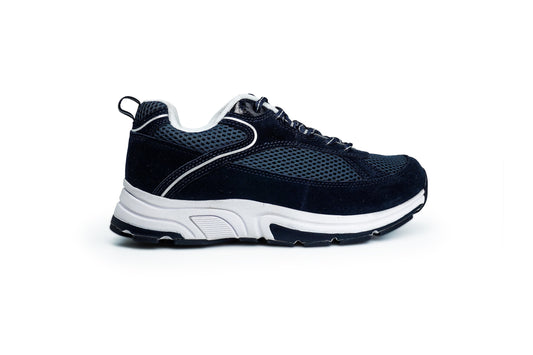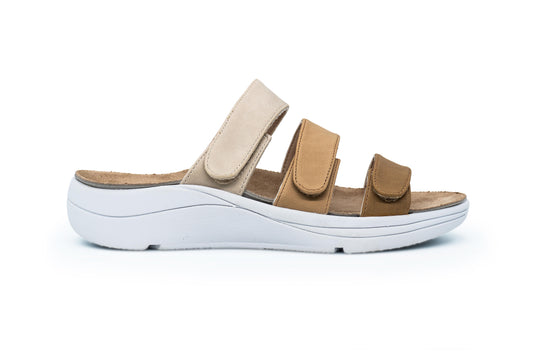Understanding Claw Toe: Causes, Symptoms, and Practical Solutions for Foot Comfort
Claw toe, a deformity of the toes that causes them to bend into a claw-like shape, can be both uncomfortable and impact one's ability to walk. Whether you're experiencing this condition or seeking preventive measures, understanding the causes and exploring effective solutions is essential. In this comprehensive guide, we'll unravel the mysteries of claw toe, covering its causes, and symptoms, offering practical insights into treatments and relief.
What Causes Claw Toe?
- Muscle Imbalance: Imbalances in the muscles and tendons that control toe movement can lead to the development of claw toe.
- Nerve Damage: Nerve damage, often associated with conditions like peripheral neuropathy, can affect the muscles in the toes.
- Foot Structure: Flat feet or high arches may contribute to an uneven distribution of pressure on the toes.
- Footwear: Wearing shoes that are too tight or have a narrow toe box can exacerbate claw toe.
Signs and Symptoms
- Toe Deformity: The toes bend into a claw-like shape, with the joint nearest the foot pointing upward and the other joints bending downward.
- Pain and Discomfort: Claw-toe can cause pain, especially when walking or wearing certain shoes.
- Corns and Calluses: The bent toes may rub against shoes, leading to the development of corns and calluses.
Treatment Options - Footwear Modification: Wearing shoes with a wide toe box and avoiding high heels can help alleviate pressure on the toes.
- Toe Exercises: Gentle stretching and strengthening exercises can help improve the flexibility and reduce the deformity.
- Orthotic Inserts: Custom or over-the-counter inserts can provide support and help distribute pressure evenly on the foot.
- Splinting: In some cases, splinting the toes may be recommended to maintain proper alignment.
Prevention Tips
- Proper Footwear: Choose shoes with ample space for toes and avoid high heels.
- Toe Exercises: Incorporate regular exercises to maintain flexibility and strength.
- Regular Foot Checks: Inspect your feet regularly for any signs of developing deformities.
- Maintain a Healthy Weight: Excess body weight can contribute to toe deformities, so maintaining a healthy weight is beneficial.
When to Seek Medical Attention
If claw toe is causing persistent pain, or difficulty walking, or if conservative measures don't provide relief, it's advisable to consult with a healthcare professional or a podiatrist for proper assessment and treatment.
If you want to be proactive and keep your feet pain-free, DiabeticShoe.in is your one-stop shop for all things related to foot health.








